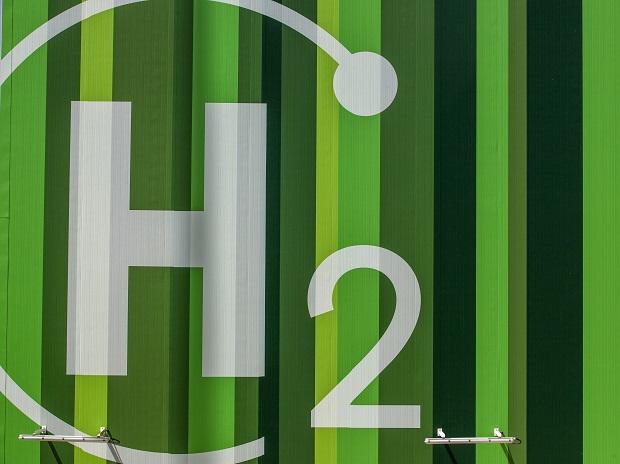The Union Cabinet on Wednesday approved an initial outlay of Rs 19,744 crore for the National Green Hydrogen Mission. Addressing the nation on its 75th Independence Day in 2021, Prime Minister Narendra Modi launched a national mission for green fuels in line with the Centre’s stated target of making India energy-independent before completing 100 years of Independence. The mission will have four components that aim at enhancing domestic production of green hydrogen and promote the manufacturing of electrolysers — a key constituent for making green hydrogen.
The initial outlay for the mission will include Rs 17,490 crore for strategic interventions for green hydrogen transition (SIGHT) programme, Rs 1,466 crore for pilot projects, Rs 400 crore for research and development (R&D), and Rs 388 crore towards other mission components, the Centre said in a statement.
The initial target is to produce 5 million tonnes (mt) of green hydrogen annually.
SIGHT will include two financial incentive mechanisms for the domestic manufacturing of electrolysers and the production of green hydrogen.
The mission will also support pilot projects in emerging end-use sectors and the production pathways. Regions capable of supporting large-scale production and/or utilisation of hydrogen will be identified and developed as green hydrogen hubs.
An enabling policy framework will be developed to support the establishment of the green hydrogen ecosystem, said the government.
“A robust standards and regulations framework will also be developed. Further, a public-private partnership framework for R&D (strategic hydrogen innovation partnership — SHIP) will be facilitated under the mission,” read the statement.
In February last year, the Ministry of Power notified the green hydrogen/ammonia policy at a production of 5 mt of green hydrogen by 2030. The same target remains in the final mission as well.
According to the policy drafted by the Ministry of Power, green hydrogen/ammonia manufacturers can set up green energy projects or procure the same from energy exchanges. Several waivers, including interstate transmission charges, ease of getting open access, and transmission connectivity, were provided under the policy.
Every leading conglomerate with interest in the energy sector — from new-age renewable energy companies to automotive makers — has announced either investment or consumption plans for green hydrogen.
Adani Enterprises, Reliance Industries, Tata Group, JSW Energy, Larsen & Toubro, ACME Group, ReNew Power, and others have announced investment plans.
Ashok Leyland, which is India’s leading commercial vehicle manufacturer, is looking at a tie-up to run a section of its fleet on green hydrogen.
However, the sector has been demanding sovereign support since the cost of electrolysers and the overall cost of manufacturing green hydrogen is high. The current cost of green hydrogen in the country is around $5 per kilogram.
“The incentive programme makes the green molecule from India competitive. This is required for the initial few projects and to create green hydrogen hubs, which will allow supply chains to be established and the scale of production to increase. Several nations have come up with green hydrogen subsidies and support programmes,” said Rajat Seksaria, chief executive officer, ACME Group.
The nodal department for the mission will be the Ministry of New and Renewable Energy. To meet the 5 mt target, it is expected an associated renewable energy capacity of close to 125 gigawatt will be required. The Centre expects close to 50 mt per annum of carbon emissions to be averted by 2030.
Note:- (Not all news on the site expresses the point of view of the site, but we transmit this news automatically and translate it through programmatic technology on the site and not from a human editor. The content is auto-generated from a syndicated feed.))




I doo trust all of the ideas you have presented for your post.
They’re verdy convincing and wilkl definitely work. Nonetheless, thhe posts are
vefy quick for beginners. Could yyou please lengthen them a
bit fromm next time? Thanks for thhe post.